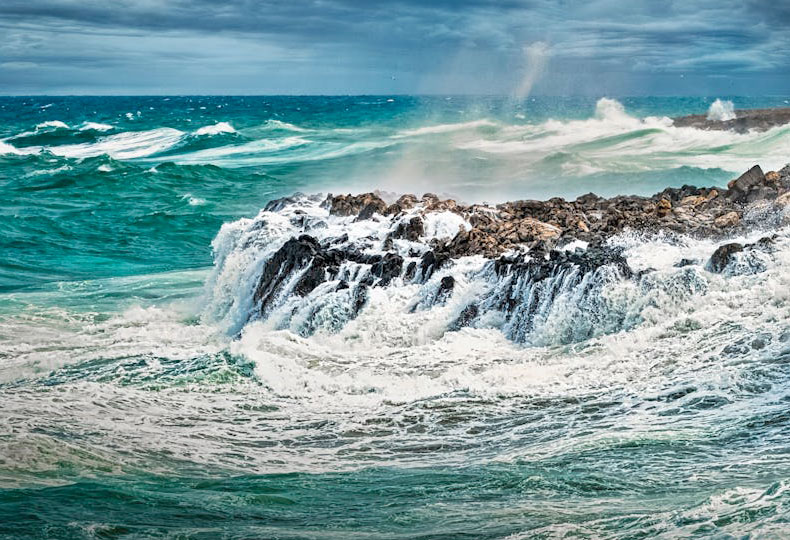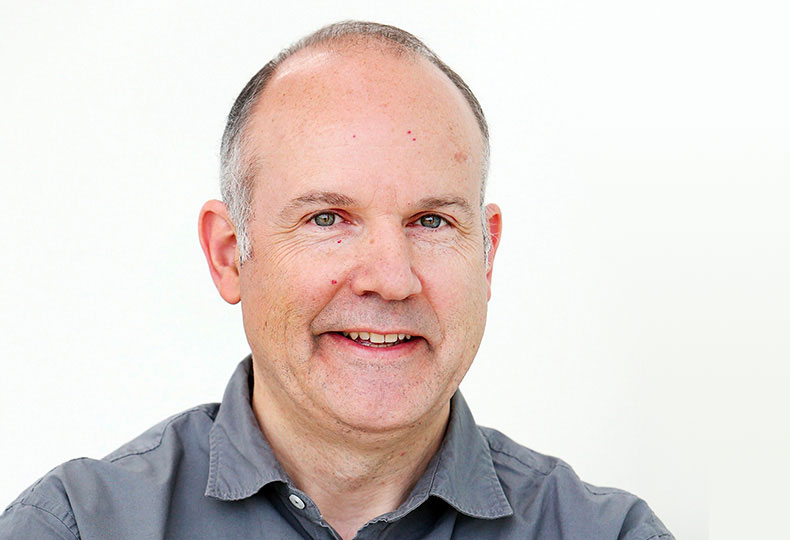A better understanding of waves to improve our climate models

Modeling waves crashing against a shoreline
The aim of the WAVECLIM project is to fill in the gaps in our understanding of the role of often dramatic coastal wave breaking in global climate models.
Frédéric Dias
Frédéric Dias, professor at the Centre Borelli at ENS Paris-Saclay and University College Dublin, explains the challenges of this ambitious project. His research on waves, combined with international research initiatives, has already been supported by 2 ERC grants (2019: ERC Advanced Grant for the interdisciplinary HIGHWAVE project and 2023: ERC Advanced Grant for the interdisciplinary HIGHWAVE project). : ERC Proof of Concept Grant pour le projet REALTIMESEA).
The WAVECLIM project
The project will use advanced sensor technology and Machine Learning (ML) to capture and integrate coastal wave breaking dynamics into predictive models.
State-of-the-art monitoring equipment, including lidars and drones, will be deployed to provide unprecedented data on coastal wave breaking under various conditions. ML models trained on these observations will be integrated into climate models, correcting biases and improving the accuracy of future climate predictions.
“This pioneering approach builds on recent successes in integrating machine learning into climate modeling, promising more realistic projections at a fraction of the computational cost,” said Professor Serge Guillas of UCL, WAVECLIM project leader.
“It is well known that the breaking of ocean waves on coasts plays an important role in air-sea exchanges, sediment transport and coastal erosion,” explains Professor Christine Gommenginger, who leads the research team at the NOC.
The project is funded by the UK's Advanced Research and Invention Agency (ARIA), which supports ambitious research that can challenge existing assumptions or open up new avenues of investigation.

 Frédéric Dias
Frédéric Dias